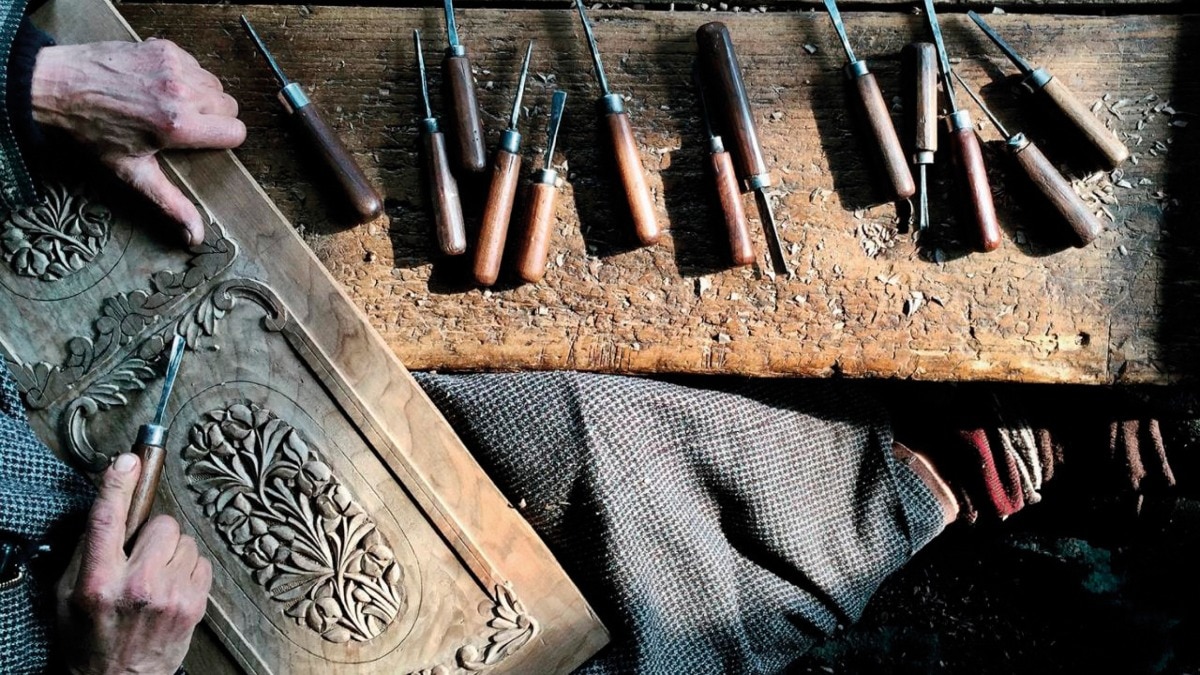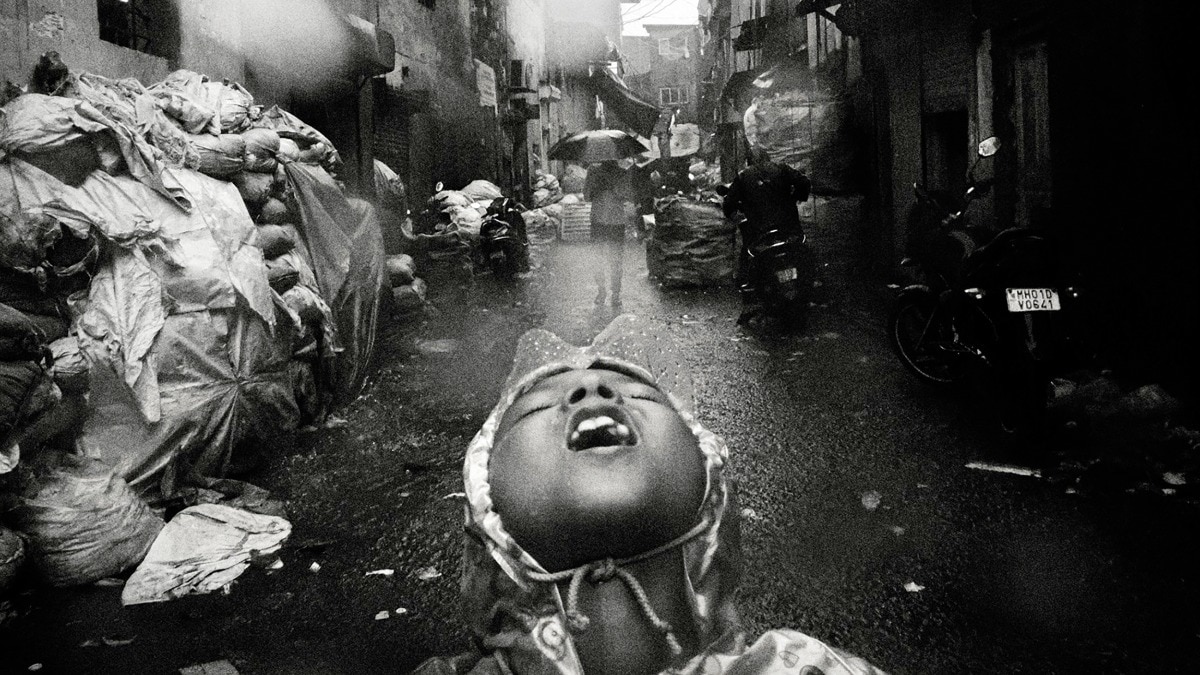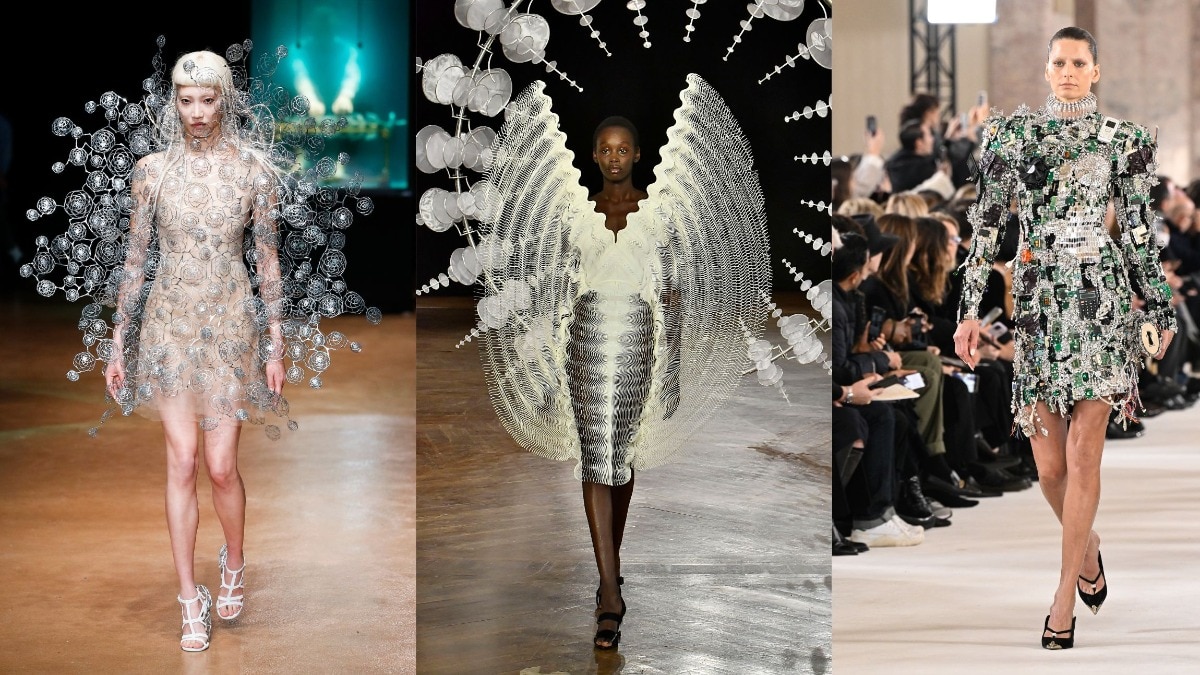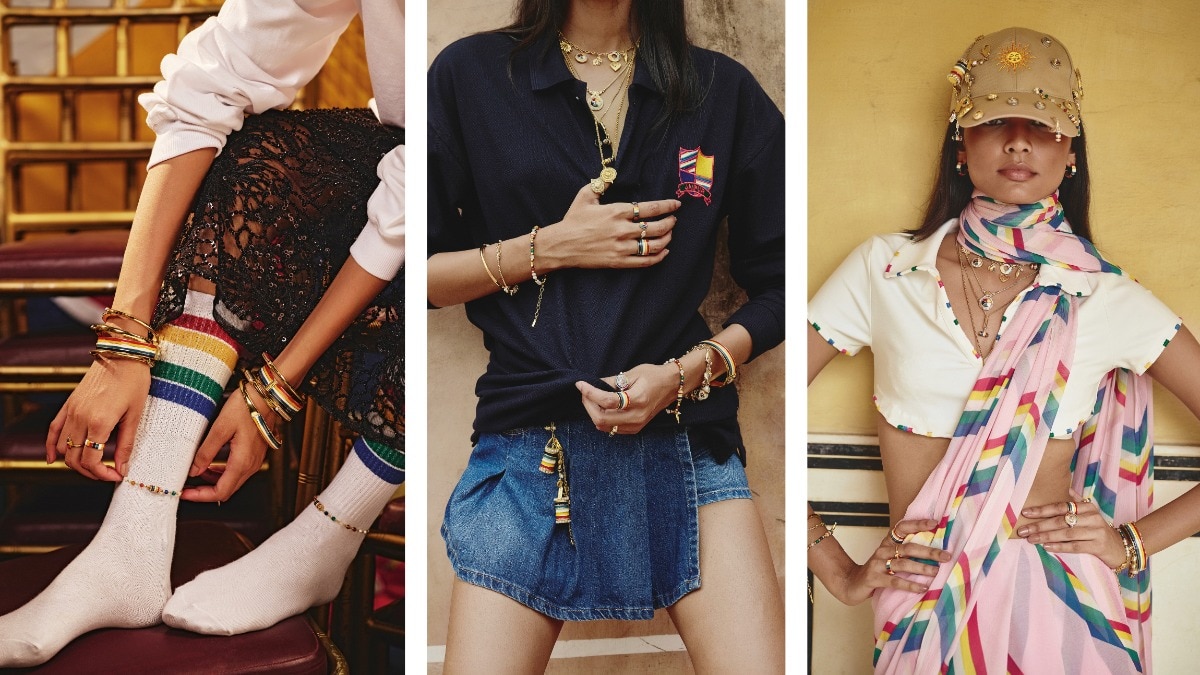This South Asian A Cappella group is bringing Indian music to a diverse audience
In an exclusive interview with Bazaar India, Penn Masala of the University of Pennsylvania let us in on what it takes to be an all-vocal group.

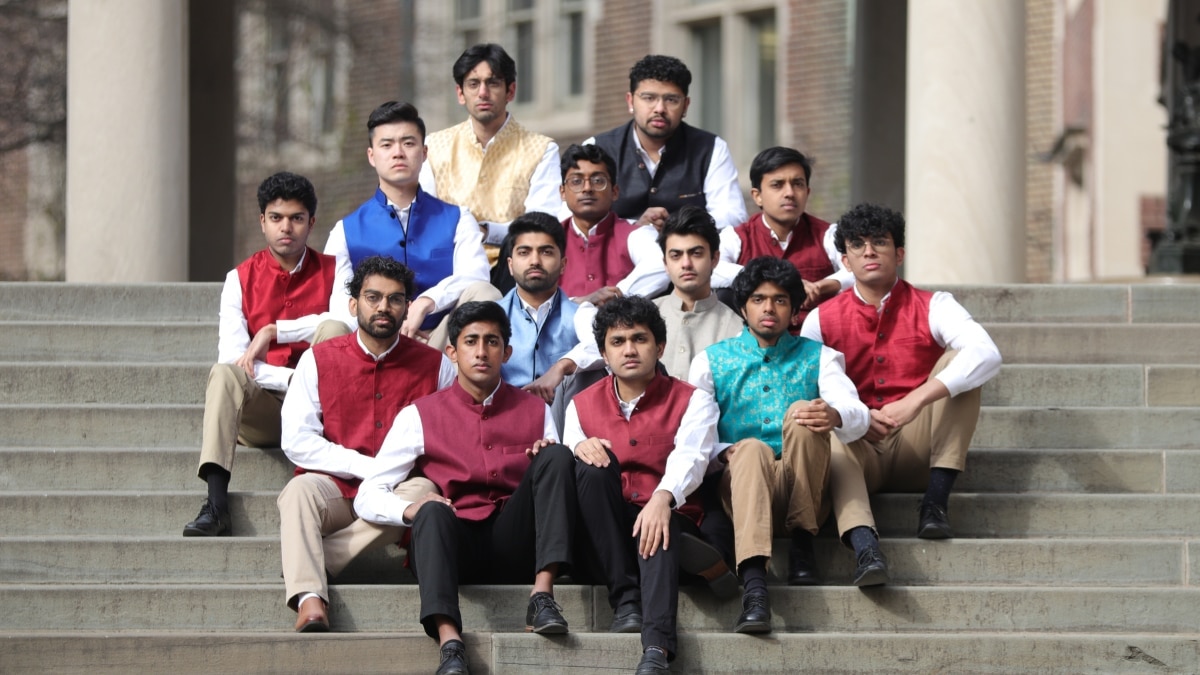
I was first introduced to the world of A Cappella and all-vocal music when my friends made me watch the then-trending movie, Pitch Perfect. It’s safe to say I was mesmerised. It was special and goosebump-invoking to listen to the harmonising tunes of Price Tag and Party in the U.S.A being sung synchronously with each other. But Indian music was never a part of this genre; until it was. When Pitch Perfect 2 featured the all-boys, South Asian A Cappella group of the University of Pennsylvania, I was taken in by the world of Bollywood and Western fusions interspersed with Hindustani or Carnatic classical ragas—from their rendition of ‘60s Bollywood to the unthinkable mix of Weeknd’s Blinding Lights and Bolna Halke, there’s something for everyone.
If you’re wondering how this South Asian college group went on to become a recipient of the American Music Award, perform for former President Barack Obama, and sound flawless, we have the answers. We sat down to chat with these 20-something boys, who spoke about what it means to sing South Asian cultural music on a global platform, the evolution of their music, the boy-band camaraderie, and the way ahead.
The evolution of South Asian representation

Born with a desire to create music that transcended cultural boundaries, Penn Masala was formed in 1996 and was the world’s first South Asian A Cappella group. “It was formed by a group of four guys, who saw that A Cappella was a big thing across college campuses, but a lot of music that they grew up listening to wasn’t being expressed in this art form. They probably questioned “Why not us? Why can't South Asians also be a part of this?” Back then, it wasn't cool to be Indian or South Asian. It took guts to do what a lot of art groups and the founders of (Penn) Masala did,” says Saaketh Narayan.
Today, South Asian culture, in all its varied facets, is getting the recognition it deserves—it’s the new cool, and we love it. We saw it at the Oscars earlier this year, at Coachella a few weekends ago, and we’re certain this is only the start. The South Asian influence in A Cappella, too, has only grown and evolved over the years. “I think a part of it has remained consistent,” says Sachit Gali. “Our founders wanted to create music that represented a fusion of Western and South Asian cultures in a way that they could relate to and stay with us when we enter the group. Today, we're able to be part of and collaborate with a broad community of artists and cultural representatives to create this cultural fusion,” Gali continues.
The audience is changing, too. From a small collegiate, predominantly South-Asian audience, over the last 27 years, Penn Masala has gone on to perform at some of the biggest venues across the United States for a widely diverse audience. “I loved that when we performed at Middlebury College in Vermont, unlike most of our other shows where we have usually played to South Asian audiences who know and enjoy our music, there was a diverse audience. People from different backgrounds appreciated our music, even though they didn’t understand the words,” says Gaurish Gaur. “It was a unique experience and showed that we are not here to only build upon music that already exists, but to promote it to a bigger audience, and I think it's a step in the right direction for us.”
How they create the fusions
Balam Pichkari with Tollywood? Love Nwantiti with Zara Zara? Who creates these fusions? How do they decide on the tracks? Albert Gu, the music director of the group says, “When it comes to choosing songs, we consider if the chords make sense or if the melodies will go well together. We also keep in mind the thematic or emotional elements of the songs. Do they convey the same message? Do the different meanings go well together? We understand the song from every aspect and try to put it together. A lot of members have great ideas. A lot of our songs are decided when we're in the car or on road trips, where we'll just play songs and try to sing over them. Everyone in the group pitches in with their suggestions.”
The group meets about four times a week for rehearsals. “We are always working on our sound,” says Vishvesh Dhar.
Who can join the group? “The only thing you need is an appreciation and love for music and singing. A lot of people in the group didn't have any formal training, but some have trained in Hindustani or Carnatic classical music,” says Gu, “We like to do the best we can to develop everyone's voice and their understanding of music.”
The group continues to reinvent classic Bollywood songs with a Western twist or Indian classical raga. But there’s more. “We've been trying to expand our language repertoire because fusion music doesn't only apply to Bollywood or Western songs; it also applies to regional languages like Tamil, Telugu, Kannada etc., and we’ve tried to bring those into our set list, too,” says Narayan. “One of my recent favourites is a mashup of Ed Sheeran's I don't care and the Tamil song, Kadhaioppoma” says Raghunandan Raman. They've even forayed into creating orginal compositions, such as Hazy, a song on their most recent album, Midnight Oil.
What the India tour means and the way forward

A constantly changing social landscape and technological developments across platforms such as Instagram and Tiktok requires them to anticipate changes and keep up with what’s trending. “Today, many people—from indie artists to DJs—are creating South Asian and Western fusion and it’s great, because it drives a lot more like excitement around the genre. But that also means that we need to carve our own niche and focus on what we really care about and the kind of sound we want to bring to the landscape,” says Dhar.
There’s a shared sense of excitement as far as the India tour is concerned. Raman says, “We've always seen a great reception in India, and it's interesting to see people perform Indian songs in A Cappella format. We haven't been to India in around six years and we are looking forward to interact with fans and re-establish ourselves in the country again.”
“I think our best shows are definitely ahead of us still,” says Narayan. And we couldn’t agree more.
The group that will tour in India include: Saaketh Narayan, Albert Gu, Vishvesh Dhar, Sachit Gali, Riju Datta, Samarth Nayak, Venugopal Chillal, Prateek Adurty, Ajay Kilambi, Rafhunandan Raman, Gaurish Gaur, Aryaman Meswani. Find out more about the concert here.


